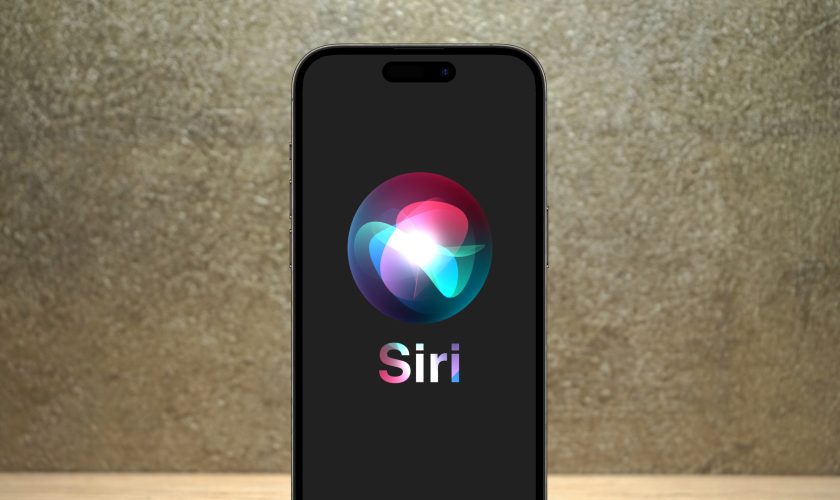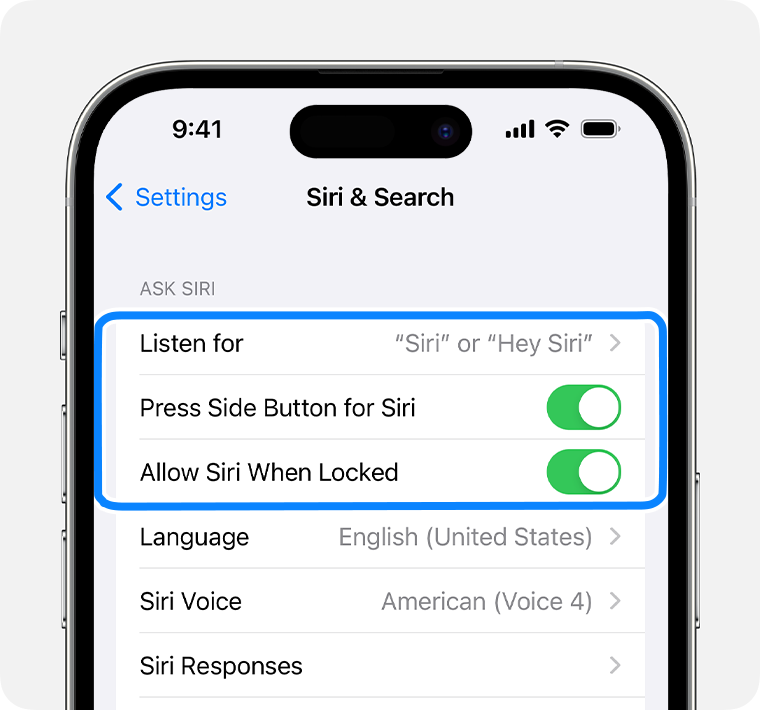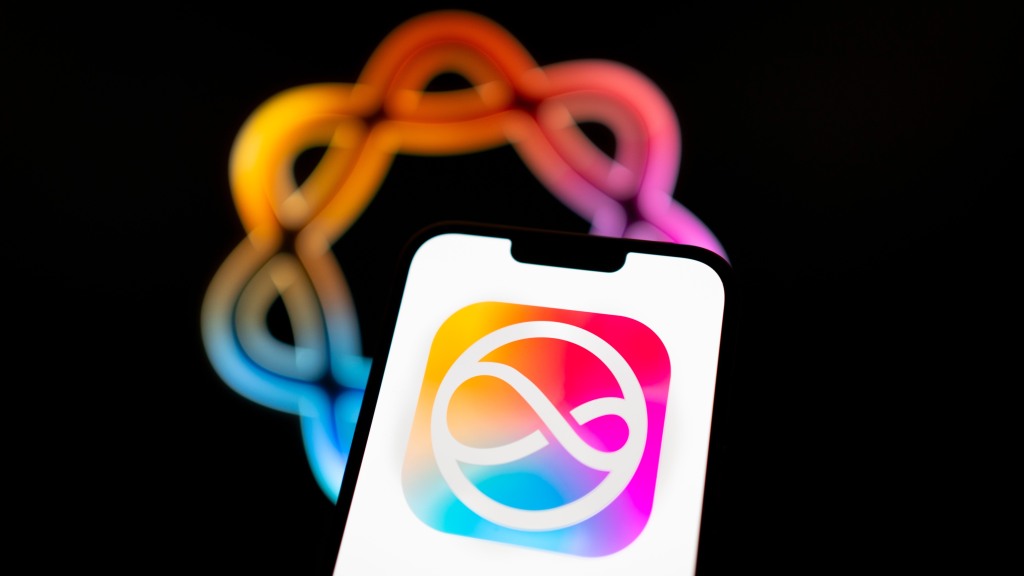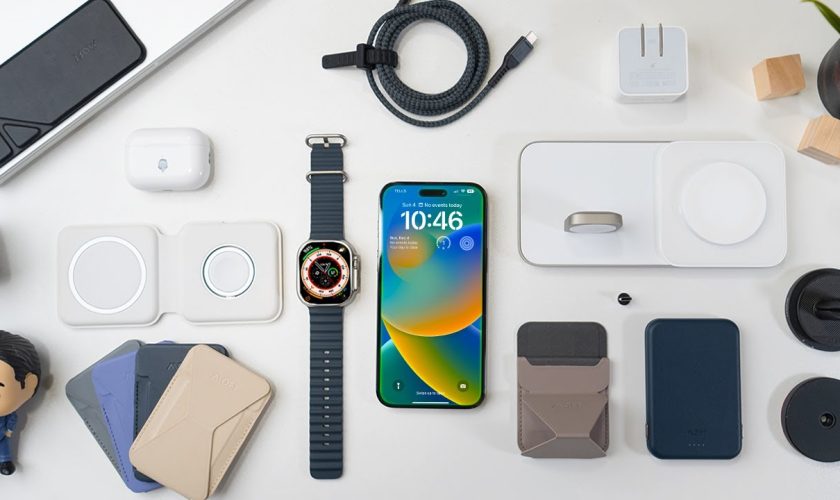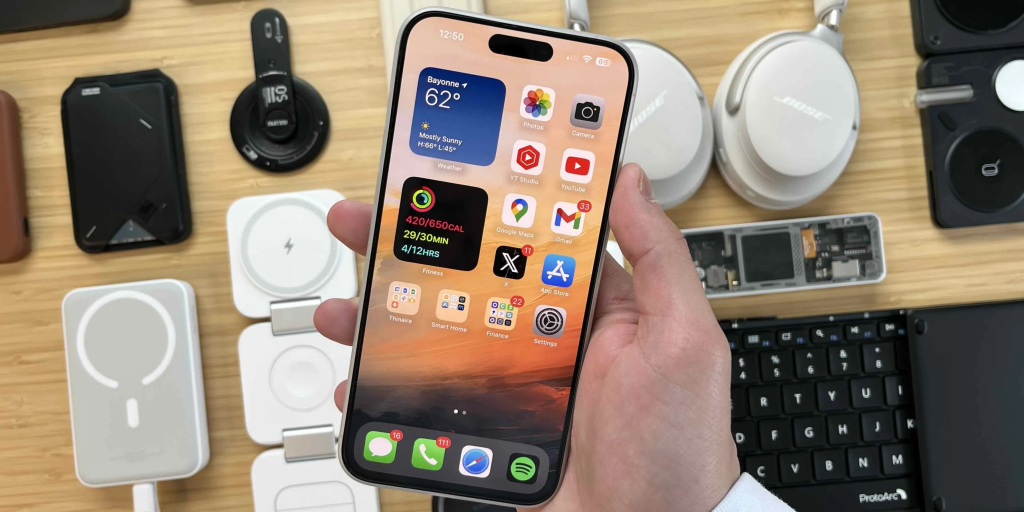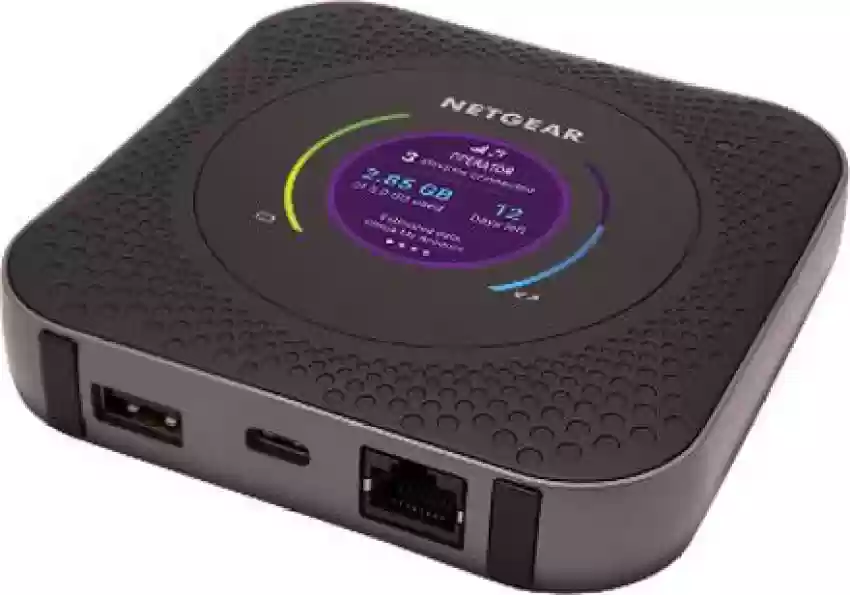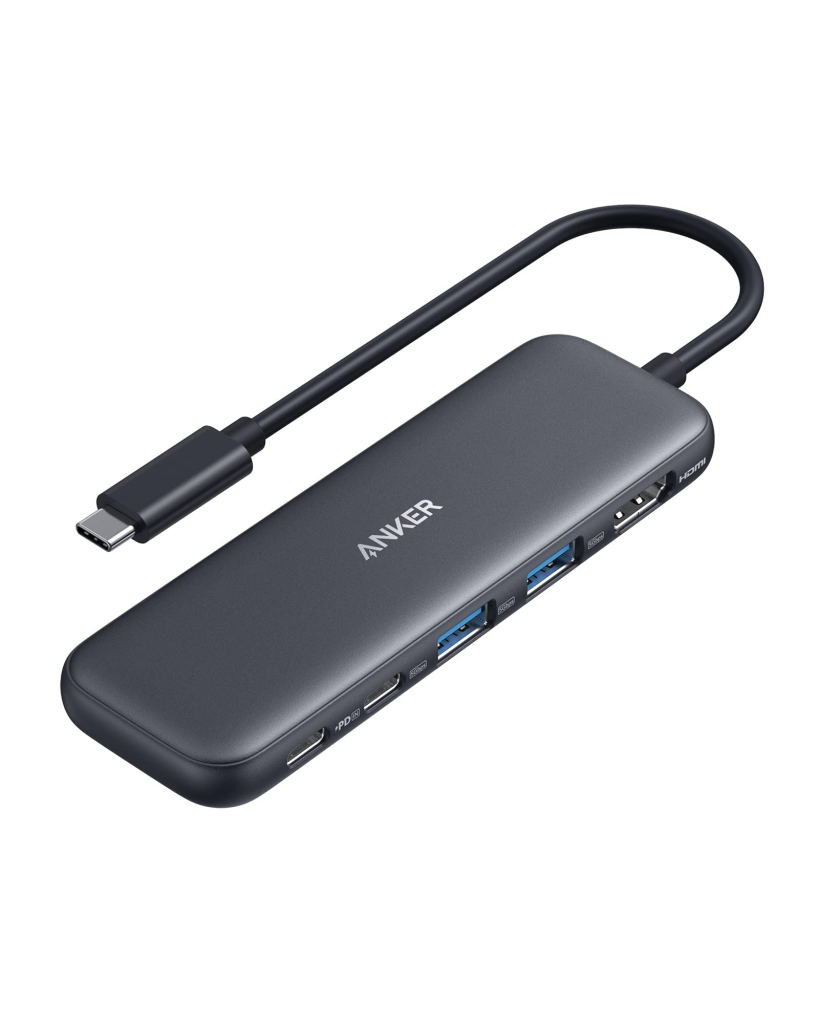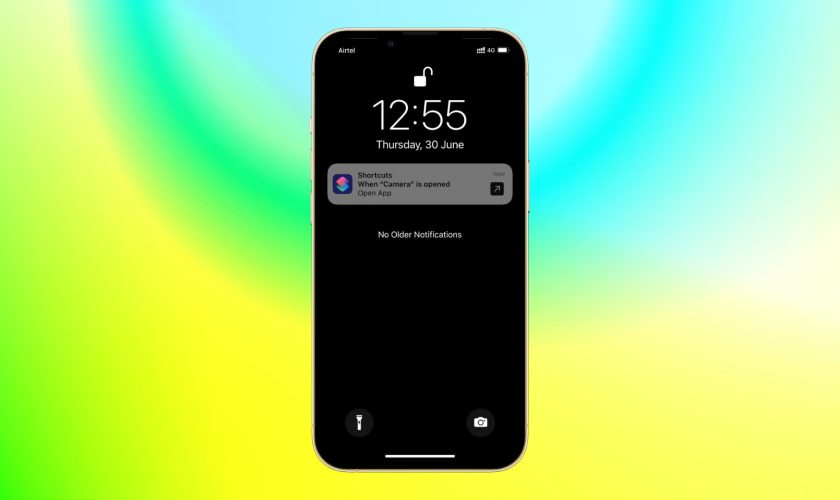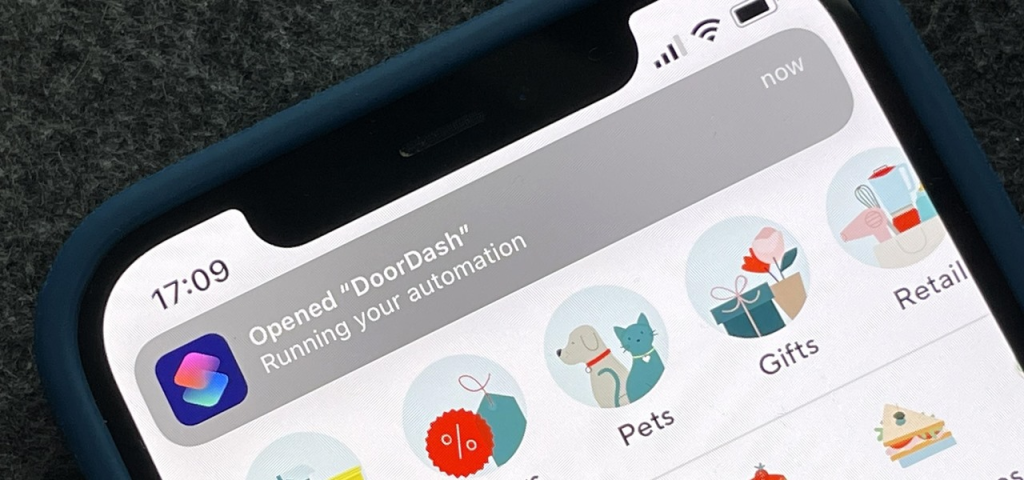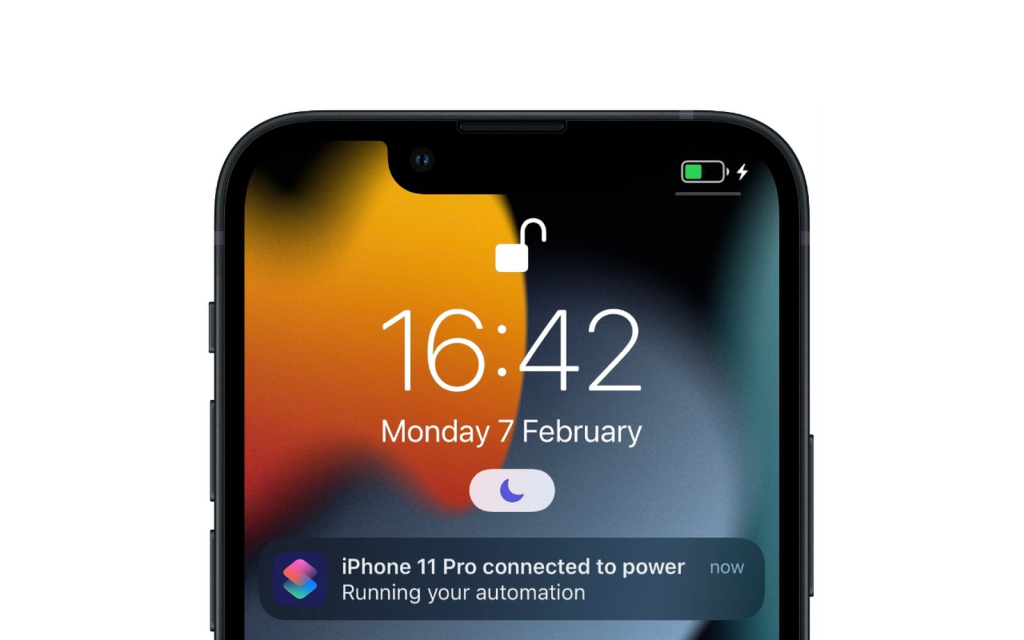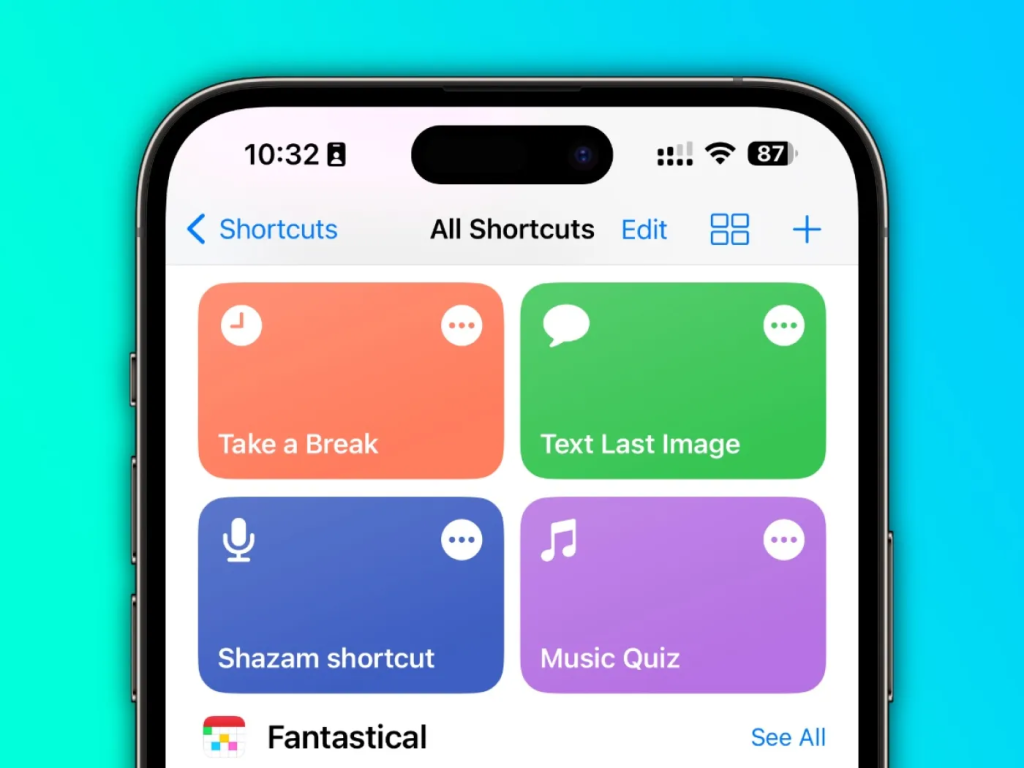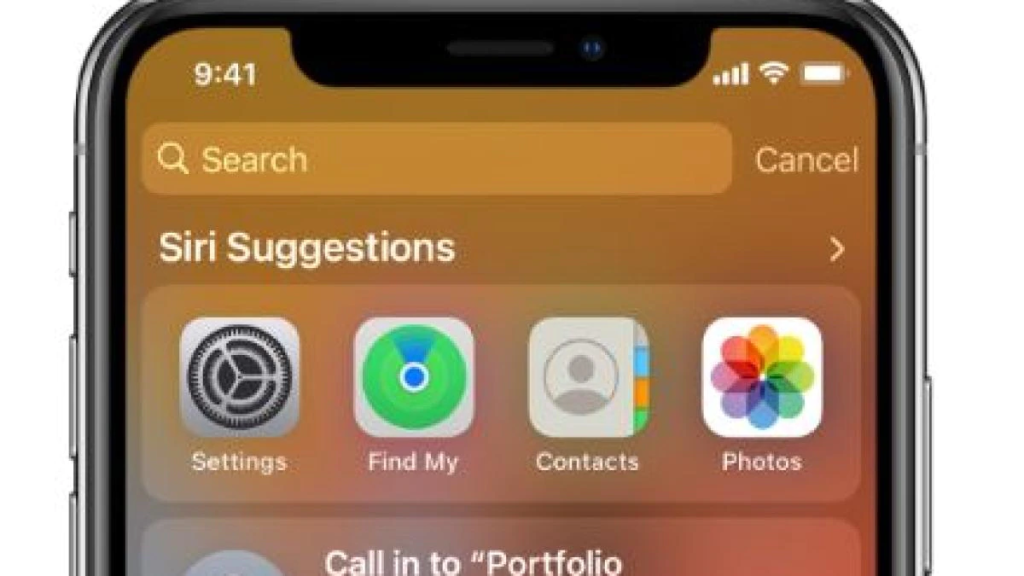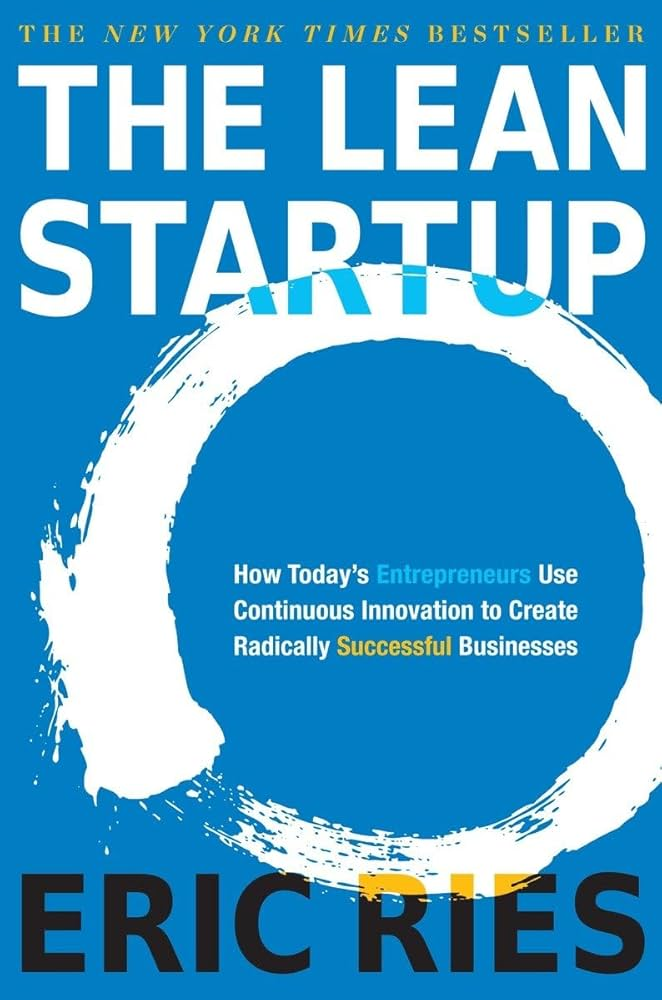Instagram Reels has rapidly become a powerful tool for brands looking to connect with their audience in creative and engaging ways. Reels allow businesses to create 15 to 60-second videos that showcase products, share behind-the-scenes content, or offer quick tutorials. With Instagram prioritizing Reels in its algorithm, this format is an excellent way to increase visibility and boost engagement.

If you’re looking to tap into the potential of Instagram Reels for your brand, here’s how you can effectively use it to boost engagement.
1. Understand Your Audience
Before you start creating Reels, it’s crucial to have a clear understanding of your target audience. Knowing what your audience likes, what challenges they face, and what they want from your brand will help you craft content that resonates with them.
Action Step:
Use Instagram’s insights or tools like Hootsuite or Sprout Social to analyze your audience demographics and engagement patterns. Pay attention to their interests and tailor your Reels to meet their expectations.
Example: If your audience loves quick tutorials, create simple, informative Reels that show how to use your product or service effectively.
2. Create Authentic and Relatable Content
Reels are known for their authenticity and fun, unpolished vibe. To boost engagement, focus on creating content that feels genuine and connects with your audience on a personal level. Show the human side of your brand by featuring employees, user-generated content, or behind-the-scenes clips that offer a peek into your daily operations.
Action Step:
Instead of overproducing your videos, aim for authenticity. Use humor, storytelling, or challenges to build a personal connection with your audience.
Example: Show your team packing orders, celebrating milestones, or brainstorming new ideas in your Reels.
3. Leverage Trending Music and Hashtags
One of the best ways to get more visibility for your Reels is by incorporating trending music and hashtags. Instagram’s algorithm tends to prioritize Reels that use popular audio clips or engage with trending topics. This increases the likelihood of your content being featured on the Explore page.
Action Step:
Stay updated on the latest trends and popular audio by regularly browsing Instagram’s Explore section. Incorporate relevant hashtags that align with your industry or current trends.
Example: If there’s a viral song that fits your brand’s vibe, use it in your Reel to ride the wave of the trend and increase your chances of reaching a wider audience.
4. Educate Your Audience with Quick Tutorials
Educational content is highly valued by Instagram users, and Reels are the perfect format for short, informative tutorials. Whether it’s a quick how-to, tips, or step-by-step guides, educational Reels can provide value to your audience and encourage them to save, share, and comment on your posts.
Action Step:
Break down your products or services into short, easy-to-follow tutorials that solve a problem or offer value to your followers.
Example: A skincare brand can create a Reel showing a 3-step routine using its products. A cooking brand might show how to use its tools in quick recipe videos.
5. Collaborate with Influencers and Creators
Influencer marketing is a powerful way to tap into new audiences. By collaborating with influencers or content creators to create Reels, you can expand your reach and increase engagement. Influencers often have highly engaged followers who trust their opinions, making it easier for your brand to connect with new customers.
Action Step:
Reach out to influencers who align with your brand values and audience. Work with them to create Reels that promote your products or services in a natural, relatable way.
Example: A fashion brand can collaborate with a fashion influencer to showcase how they style different outfits from your collection using Instagram Reels.

6. Host Giveaways and Challenges
Nothing drives engagement like a giveaway or challenge. Hosting Reels challenges or giveaways encourages user-generated content and builds excitement around your brand. Ask followers to create their own Reels using your product or participate in a challenge related to your brand, offering a prize to the most creative entry.
Action Step:
Create a Reels challenge or giveaway that’s easy to participate in and relevant to your brand. Use specific hashtags to track entries and make sure to promote the contest across your social channels.
Example: A fitness brand could create a challenge where followers record their workout routines using a specific piece of equipment and share it using a branded hashtag. Offer the winner free products or a membership.
7. Use Reels to Showcase New Product Launches
Reels offer a great way to create hype around product launches. You can use quick, engaging videos to tease new products, offer sneak peeks, or even show how the product can be used in real-life scenarios. This helps create excitement and anticipation among your followers.
Action Step:
Create short teaser videos for upcoming products, or show the process of how the product was made to build anticipation. Use countdown stickers or calls-to-action to encourage followers to stay tuned for the launch.
Example: A tech brand can create a Reel showing behind-the-scenes footage of the product’s design and development, building curiosity and excitement before the official launch.
8. Highlight Customer Testimonials and Reviews
Social proof is a powerful way to build trust with your audience, and Reels provide an engaging format to showcase customer testimonials. Sharing real feedback from satisfied customers can encourage potential buyers to trust your brand and engage with your content.
Action Step:
Encourage your customers to share their experiences with your product in video format. Use these clips to create a Reel that highlights positive reviews and real-life benefits of your products.
Example: A beauty brand can create a Reel featuring before-and-after results of customers using their skincare products, accompanied by their testimonials.
9. Optimize for the Explore Page
Instagram Reels are prominently featured on the Explore page, which can drastically increase your visibility. To improve your chances of being featured, focus on creating high-quality, engaging content that encourages viewers to like, comment, and share.
Action Step:
Pay attention to what kind of Reels appear on the Explore page and create similar content. Make sure your videos are entertaining, informative, or emotionally engaging to maximize your reach.
Example: Use trending effects, fast-paced editing, or visually stunning shots to increase your chances of making it onto the Explore page.
10. Engage with Your Audience
Engagement is a two-way street. After posting a Reel, take the time to interact with your audience by responding to comments, answering questions, and acknowledging user-generated content. The more you engage with your followers, the more likely Instagram’s algorithm will boost your content.
Action Step:
Spend time engaging with comments on your Reels and ask open-ended questions to encourage further conversation. Engaging with your audience in real time can also lead to higher engagement and loyalty.
Example: If you post a Reel about a product launch, ask your followers what features they’re most excited about and respond to their comments to keep the conversation going.

Conclusion
Instagram Reels is a fantastic tool for boosting brand engagement, thanks to its highly visual and interactive nature. By creating authentic, entertaining, and educational content, leveraging trends, and engaging with your audience, you can significantly increase your brand’s visibility and foster deeper connections with your followers. I hope you like this topic. You can also check our content on- Facebook Live vs. Instagram Live: Which Platform is Best for Your Business.
Remember, consistency and creativity are key to making the most of Instagram Reels. Start experimenting today and watch your brand’s engagement soar!



